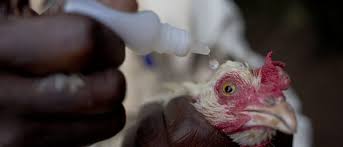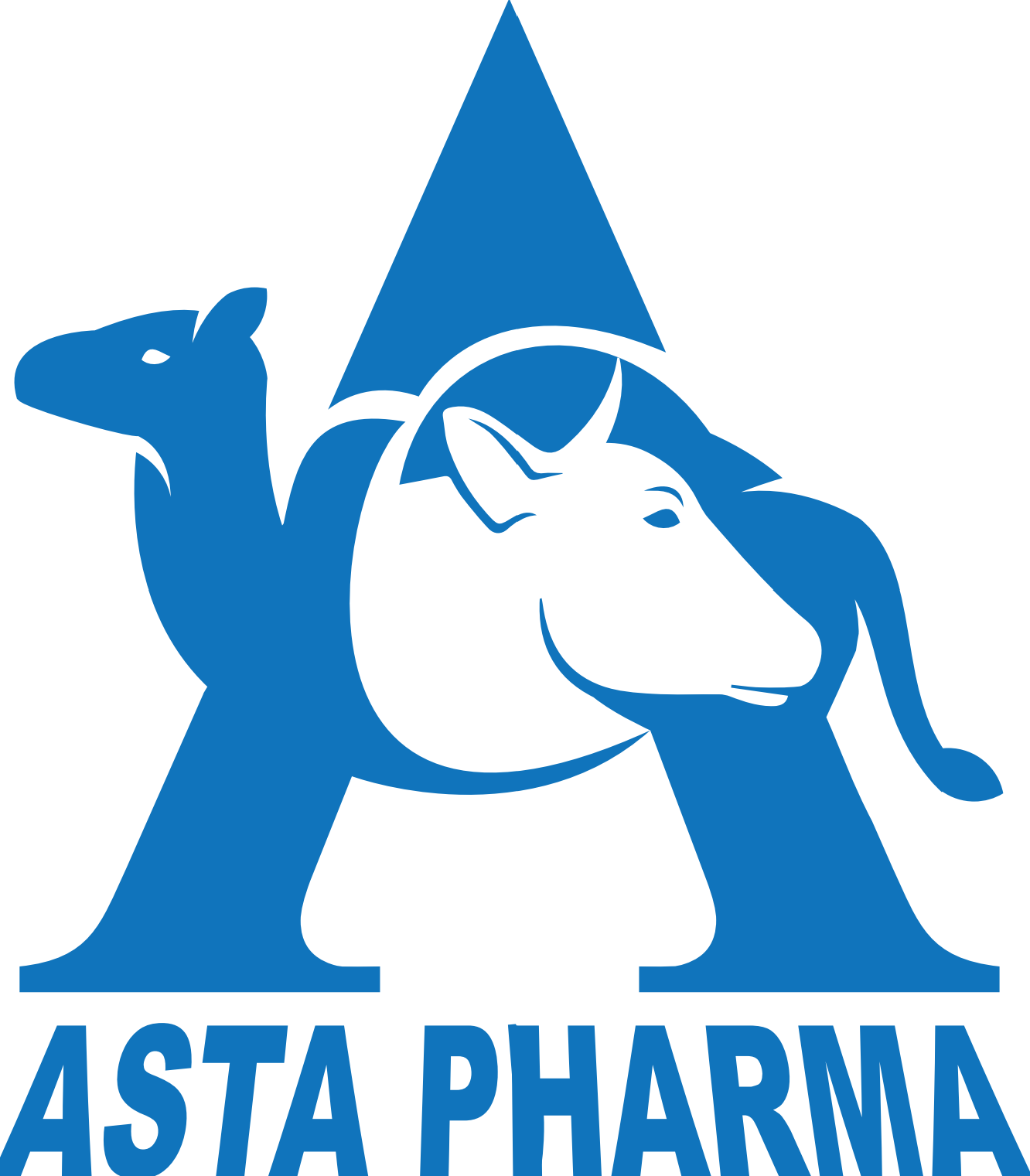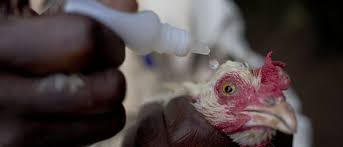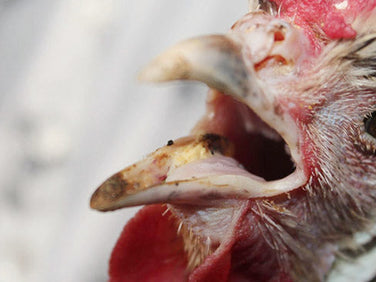
March 17, 2025
Newcastle Disease (Avian Distemper): Symptoms, Causes, Prevention, and Treatment for Poultry Health
- huy tran
Introduction to Newcastle Disease
Newcastle Disease (ND), commonly referred to as avian distemper, is one of the most devastating viral diseases affecting poultry worldwide. Caused by the Newcastle Disease Virus (NDV), a member of the Paramyxoviridae family, this highly contagious disease poses significant threats to both commercial and backyard poultry operations. Its rapid spread, high mortality rates, and economic impact make it a critical concern for veterinarians, poultry farmers, and policymakers alike.
What is Newcastle Disease?

Newcastle Disease is an acute, highly contagious viral infection primarily affecting birds, with poultry such as chickens, turkeys, and pigeons being the most susceptible. The disease is zoonotic to a limited extent, meaning it can occasionally infect humans, typically causing mild conjunctivitis or flu-like symptoms. However, its primary impact is on avian species, where it can lead to severe respiratory, nervous, and digestive system disorders.
ND is classified into different pathotypes based on its severity:
- Lentogenic (Mild): Causes mild respiratory symptoms, often used in vaccines.
- Mesogenic (Moderate): Leads to moderate respiratory and neurological symptoms with lower mortality rates.
- Velogenic (Highly Virulent): The most severe form, causing high mortality and rapid spread, often referred to as "viscerotropic" (affecting internal organs) or "neurotropic" (affecting the nervous system).
Causes of Newcastle Disease
The causative agent of Newcastle Disease is the Newcastle Disease Virus (NDV), an enveloped, single-stranded RNA virus. NDV is highly stable in the environment, surviving in feathers, manure, and contaminated surfaces for weeks under favorable conditions. The virus is primarily spread through:
- Direct Contact: Infected birds shed the virus through respiratory secretions, feces, and ocular discharge, infecting healthy birds via direct contact.
- Indirect Contact: Contaminated feed, water, equipment, clothing, and footwear can carry the virus between flocks.
- Airborne Transmission: Aerosolized droplets from infected birds can spread the virus over short distances, especially in confined spaces like poultry houses.
- Wild Birds and Pests: Wild birds, particularly pigeons and waterfowl, can act as reservoirs, introducing the virus to domestic flocks. Rodents and insects may also mechanically transmit the virus.

Symptoms of Newcastle Disease
The clinical signs of Newcastle Disease vary depending on the strain of the virus, the species of bird, and the bird's immune status. Below is a breakdown of symptoms categorized by the affected systems:
1. Respiratory Symptoms
- Sneezing, coughing, and nasal discharge.
- Gasping for air and difficulty breathing.
- Rales (abnormal breathing sounds).
2. Nervous System Symptoms
- Tremors, paralysis, and twisting of the neck (torticollis).
- Incoordination and inability to walk or stand.
- Circling behavior and convulsions.
3. Digestive System Symptoms
- Greenish, watery diarrhea.
- Loss of appetite and reduced feed intake.
- Bloody discharge in severe cases (velogenic strains).
4. General Symptoms
- Severe depression, lethargy, and ruffled feathers.
- Sudden drop in egg production (in laying hens) with thin-shelled or misshapen eggs.
- Swelling of the head, wattles, and comb due to edema.
- High mortality rates, especially in velogenic outbreaks, with death occurring within 2–3 days of symptom onset.
Transmission of Newcastle Disease
Newcastle Disease spreads rapidly within and between flocks due to its highly contagious nature. Key transmission routes include:
- Horizontal Transmission: Direct bird-to-bird contact or exposure to contaminated environments.
- Vertical Transmission: While rare, the virus can be transmitted through eggs, particularly in infected breeder flocks, leading to infected chicks.
- Mechanical Vectors: Humans, vehicles, equipment, and animals (e.g., rodents, dogs) can carry the virus between farms.
- Trade and Movement: The global trade of live birds, poultry products, and eggs can introduce NDV to new regions, especially in areas with poor biosecurity.
Diagnosis of Newcastle Disease
- Clinical Signs: Observing characteristic symptoms such as respiratory distress, neurological signs, and high mortality rates.
- Post-Mortem Examination: Lesions in the respiratory tract, proventriculus, intestines, and brain may suggest ND. Hemorrhages in the digestive tract are common in velogenic strains.
-
Laboratory Tests:
-
- Virus Isolation: Samples from trachea, cloaca, or tissues are cultured to isolate NDV.
- Polymerase Chain Reaction (PCR): Detects viral RNA with high sensitivity and specificity.
- Serological Tests: Enzyme-linked immunosorbent assay (ELISA) and hemagglutination inhibition (HI) tests detect antibodies in exposed birds. -
- Pathogenicity Testing: Intracerebral Pathogenicity Index (ICPI) and Intravenous Pathogenicity Index (IVPI) assess the virulence of the virus strain.
-
Differential Diagnosis: ND must be differentiated from other poultry diseases with similar symptoms, such as avian influenza, infectious bronchitis, and fowl cholera.
Prevention of Newcastle Disease
1. Biosecurity Measures
- Restrict Access: Limit farm access to essential personnel and disinfect footwear, clothing, and equipment.
- Quarantine: Isolate new birds for at least 21 days before introducing them to the flock.
- Sanitation: Regularly clean and disinfect poultry houses, equipment, and water sources.
- Pest Control: Prevent wild birds, rodents, and insects from entering poultry houses.
- Safe Disposal: Properly dispose of dead birds, manure, and litter to prevent contamination.
2. Vaccination
Vaccination is the cornerstone of ND prevention, especially in endemic areas. Vaccines are available in live attenuated, inactivated, and recombinant forms. Key considerations include:
-
Vaccine Types:
- Live Vaccines: Lentogenic strains (e.g., LaSota, Hitchner B1) are used for mass administration via drinking water or spray.
- Inactivated Vaccines: Used in breeders and layers for long-term immunity, typically administered via injection.
- Recombinant Vaccines: Newer vaccines using vector technology provide targeted immunity.
- Vaccination Schedules: Chicks are vaccinated at 1 day of age, with booster doses at 2–3 weeks and additional doses in layers or breeders.
- Monitoring: Regularly assess vaccine efficacy through serological testing.
3. Surveillance and Reporting
- Monitor flocks for early signs of ND and report suspected cases to veterinary authorities immediately.
- Participate in national or regional surveillance programs to track NDV strains and outbreaks.
Treatment of Newcastle Disease
There is no specific antiviral treatment for Newcastle Disease. Management focuses on supportive care and preventing secondary infections. Key approaches include:
-
Supportive Care:
-
Provide clean water, high-quality feed, and vitamins to boost immunity.
-
Maintain optimal environmental conditions (temperature, humidity, ventilation) to reduce stress.
-
-
Antibiotics: Administer antibiotics to prevent or treat secondary bacterial infections, such as Escherichia coli or Mycoplasma infections.
-
Culling: In severe outbreaks, culling infected and exposed birds may be necessary to prevent further spread, especially in regions where ND is notifiable.
-
Disinfection: Thoroughly disinfect affected premises after an outbreak to eliminate residual virus.
Economic and Global Impact of Newcastle Disease
Newcastle Disease has a profound economic impact on the poultry industry, particularly in developing countries where biosecurity and vaccination programs may be limited. Key impacts include:
- Mortality Losses: Velogenic strains can cause mortality rates of up to 100% in unvaccinated flocks.
- Production Losses: Reduced egg production, poor growth rates, and trade restrictions lead to significant financial losses.
- Trade Restrictions: Countries free of ND impose strict import bans on poultry and poultry products from endemic regions, affecting global trade.
Globally, ND is a notifiable disease under the World Organisation for Animal Health (OIE) guidelines, requiring rapid reporting and control measures to prevent international spread.
Newcastle Disease and Human Health
While Newcastle Disease primarily affects birds, humans can contract mild infections through direct contact with infected birds or contaminated materials. Symptoms in humans are typically mild and include:
- Conjunctivitis (pink eye).
- Flu-like symptoms (fever, headache, fatigue).
Human infections are rare and self-limiting, with no evidence of human-to-human transmission. Poultry workers and veterinarians should use personal protective equipment (PPE) when handling infected birds.
FAQs
Q1: Can Newcastle Disease be cured? There is no cure for Newcastle Disease. Management focuses on supportive care, biosecurity, and vaccination to prevent outbreaks.
Q2: How is Newcastle Disease transmitted? ND is transmitted through direct contact, contaminated equipment, airborne droplets, and wild birds acting as reservoirs.
Q3: Is Newcastle Disease dangerous to humans? ND poses minimal risk to humans, causing mild conjunctivitis or flu-like symptoms in rare cases.
Q4: What is the best vaccine for Newcastle Disease? The choice of vaccine depends on the flock type and local NDV strains. Live vaccines (e.g., LaSota) are widely used for broilers, while inactivated vaccines are preferred for breeders.
Q5: How can I prevent Newcastle Disease in my poultry farm? A: Implement strict biosecurity measures, vaccinate your flock, and monitor for early signs of disease.
Conclusion
Newcastle Disease remains a significant challenge to the global poultry industry, but with proper understanding and proactive measures, its impact can be minimized. By combining robust biosecurity practices, effective vaccination programs, and timely diagnosis, poultry farmers can protect their flocks and livelihoods. For veterinarians and researchers, ongoing surveillance and research into new vaccines and control strategies are essential to combat this ever-evolving disease.



